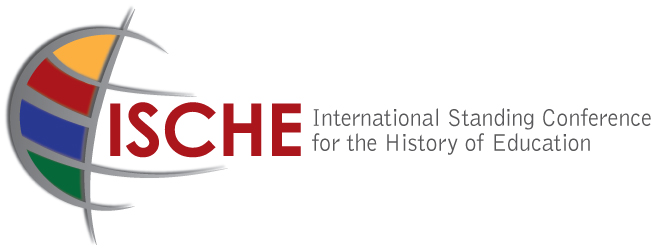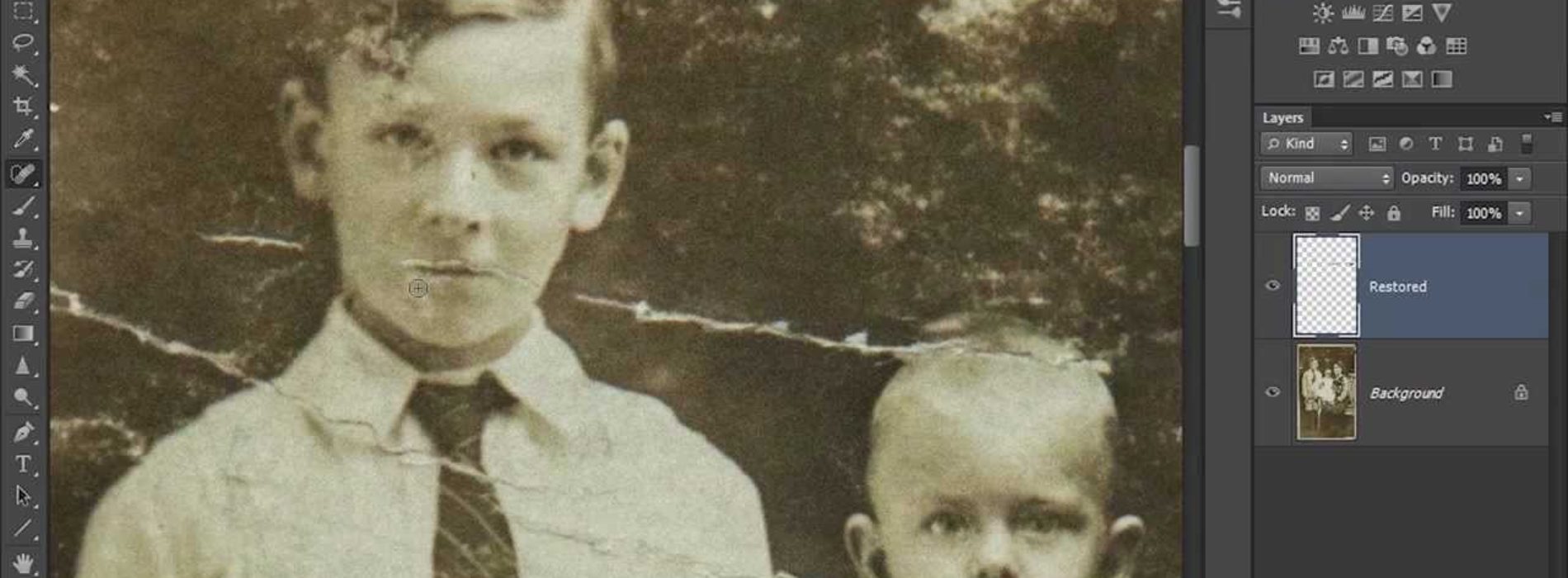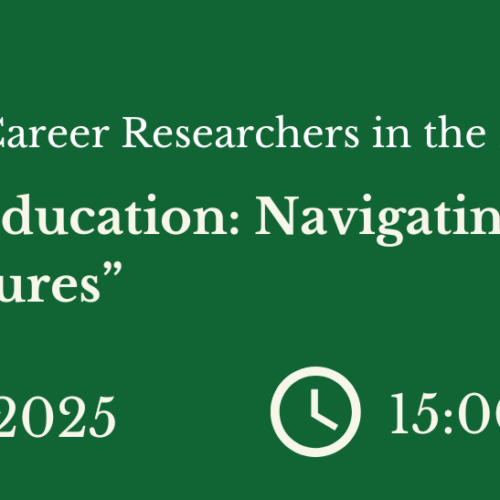Call for Papers – ISCHE 39 Pre-Conference Workshop The Visual and History Practice in the Digital Age. Deadline: Jan. 31, 2017
Call for Papers ISCHE 39 Pre-Conference Workshop
The Visual and History Practice in the Digital Age
Convenors:
Tim Allender, tim.allender@sydney.edu.au
Ines Dussel, idussel@gmail.com
Ian Grosvenor, i.d.grosvenor@bham.ac.uk
Karin Priem, karin.priem@uni.lu
While much of qualitative research is dominated by language, the desire to create images has spanned the evolution of human kind, from ancient cave drawings to the billions of ‘selfies’ currently taken on mobile devices every year. We use images not only to represent the world around us, but also to share our feelings with others, whether as an act to memorialise an important moment or to communicate the emotional reality of that moment to others. Today’s technology means that we can all claim the status of documentary photographer. Taken cumulatively such images are signifiers of a culture; taken individually they are evidence of our existence and can be analysed accordingly.
‘Seeing is believing’ is an old adage that is present in many languages, and it points to the fact that, under ‘modernity’ (however that term is understood in respective cultures), sight holds a privileged position in the hierarchy of the senses. Yet despite the wealth of visual imagery available to us, with the exception of art historians it is fair to say that the use of such imagery is still a minority interest amongst most historians. Relatively few historians work in photographic and film archives, relatively few historical journals carry illustrations and, when they do, not many contributors take advantage of the opportunity to theorise about their deeper and even hidden meaning. When they do use images, historians tend to treat images as mere illustrations or, as Raphael Samuel commented, as ‘eye‐wipes’. If they are discussed they are generally used to illustrate conclusions reached by other means, despite the unstable meaning images frequently display when viewed by different audiences. Written texts continue to be afforded greater historical respect as more profound and elaborate indicators of the past than the visual.
That said, many cultural theorists have argued that we are in the midst of a major transformation which marks the end of the centuries long text-‐based linguist turn in Western society. In recent years there is evidence of a growing interest among some researchers in using images to enhance our understanding of the human condition, including when cultural meaning is to be scruntised. Some historians have begun to actively engage with the ‘visual’ or ‘pictorial turn,’ a trend that is also evident amongst historians of education.[1] But this engagement and the claims made for the visual have also been the focus of some sharp debate; Catteeuw et al (2005), for example, conclude: ‘0ur standpoint … is that the “pictorial turn”… can only be useful in that it draws more attention to visual aspects of the reality of teaching and education, and so there is no need for infinite analyses about the “representation of education and teaching in visual sources”… the source material is too limited in its content and number to be a representation of reality and can only really be used as a complement to the textual sources with which it has to be interpreted’ (Catteeuw et al, 2005: 229).
Currently the use of the visual in history of education is addressed in the annual History of Education Summer School and was a founding principle of Network 17 Histories of Education of the European Educational Research Association, but the convenors believe that as visual communication is becoming more and more central in the domains of public communication we need to create a space where we can engage in critical transnational dialogue about the use of the visual. The aim of the proposed pre-‐ conference workshop (which we see as a possible precursor to establishing an ISCHE Standing Working Group) is to begin such a dialogue about the visual and to map the issues about our practice as historians. As historians we are living in a digital present and we have to be conscious of not just the past, but the present and the possible futures that are already under construction in the present. To this end the convenors of the workshop would like to invite presentations which will address a range of issues. These could include:
- Why is there still reluctance amongst historians to use the visual?
- What ethical issues emerge with the use of the visual in historical research?
- What are the differences between the production of an image and the secondary production hidden in the process of its utilization?
- How do sites of visual engagement -‐whether a classroom, a museum, an archive or a domestic space-‐ impact on the process of visual interaction, be it as a school child or a researcher, and the dialogues produced in these spaces?
- Which consequences has the shift to digital accumulation and distribution systems had for the permanence and accessibility of the historic record?
- How has the relationship between historians and librarians/archivists changed as a consequence of the latter becoming digital gatekeepers in a new economy of preservation and access? How have archives been reshaped in these processes?
- How do we engage with the huge, ever rapidly expanding virtual archive of historical knowledge which none of us can ever hope to become familiar with more than a tiny fraction?
- How have new imaging technologies shifted the relationship between the real and the artificial, considering that the aura of believability and the truth claims associated with photography in the nineteenth and twentieth centuries have become compromised as a source of ‘truth’ by the ease with which it is not only possible to construct visual fictions but also produce deceptively plausible evidence of scenes that do not exist and events that never took place?
- Technological changes have made it easier to use images and other primary sources for research and teaching, but availability does not guarantee How appropriate and robust for a visually rewritten world are the methods we use as historians? How might we change our practice so as to equip the next generation of visual researchers to critically engage with this world? Can the digital, as Thomas and Ayers (2005) pioneers in digital authoring have argued, make visible or reconfigure ‘deeper connections among documentation, evidence, and analysis than a single plane of fixed text can offer’?
The PCW will be structured around approximately ten short provocation papers with a focus on theoretical and methodological issues that historians are struggling with when analysing visual source material under conditions that in turn are shaped by various forms of archival processes and technologies. Sharing these thoughts would provide those who are engaged with this kind of research an opportunity for rich discussions and those who are not yet engaged at present but are interested in this kind of research a short introduction and problem posing that would help their preparation to work with visual methodologies. We will also invite the audience to bring to the discussions issues, dilemmas or problems from their own research in succint ways. To close, we will discuss the possibilities and limitations of visual analysis as a research strategy and its utility for history of education.
The convenors invite submission for ISCHE 39. Proposals should be emailed to the convenors and not exceed 500 words bibliography excluded. Deadline: January 31, 2017. Acceptance will be notified by March 15, 2017. Pre‐conference workshop schedules will be established by March 31, 2017.
Please note that conference registrants will be able to pre-register for PCWs at no additional fee. PCW organizers and presenters are normally expected to register and participate in the accompanying ISCHE conference. The overall number of attendees may be limited.
[1] See, for example, Joseph and Burnaford, 1994; Margolis, 1999; Grosvenor, 1999; Depaepe and Henkens, 2000; Burke, 2001; Rousmaniere, 2001; Grosvenor, 2004: Margolis and Rowe, 2004; Mietzner, Myers and Peim, 2005; Pozo 2006; Burke and Grosvenor, 2007; Devlieger, 2008; Priem 2009; Rubi, 2010; Braster, 2011; Grosvenor and Hall, 2012; Priem and Thyssen, 2013; Collelldemont, 2014; Allender, 2016; Dussel, 2016.
About author
You might also like
Paedagogica Historica Special Issue – ISCHE 45 “(De)Coloniality and Diversity in the Histories of Education”
The ISCHE 45 conference convenors invite conference presenters to submit their papers to be considered for publication in a special issue of Paedagogica Historica that will address the conference theme.
ISCHE 43: Submissions are welcome
Submissions are welcome for ISCHE 43! Visit the conference website for more information. Submission deadline: 31 January 2022
CALL FOR SUBMISSIONS AND COLLABORATION
The Education & Pandemics Archive is a public history initiative for historians of education worldwide. Here you can find our info sheet in 5 different languages, which gives a brief



